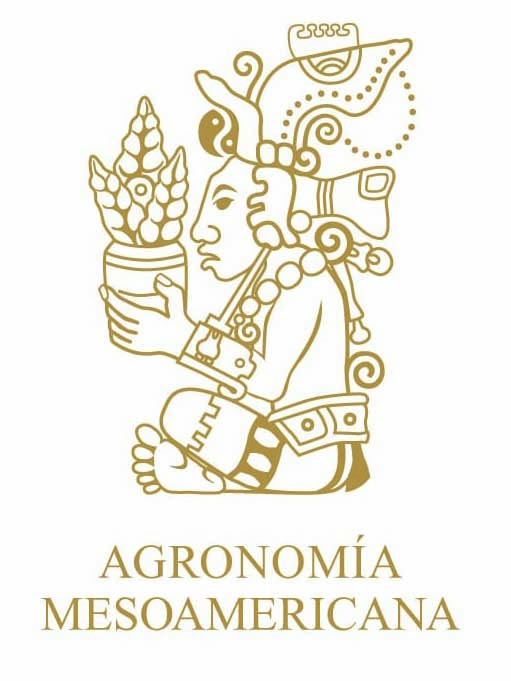Sex Link Black and Rhode Island Red hens with access to grazing: Productivity and behavior
DOI:
https://doi.org/10.15517/am.v32i2.42487Keywords:
hens pecking, productive performance, feed conversion, egg production, pasture managementAbstract
Introduction. Learning about the productive and behavior indicators of poultry allows optimizing the pasture access system. Objective. Describe performance, pasture management, and behavior of Rhode Island Red (RIR) and Sex Link Black (SLB) hens in a lodging system on a floor with pasture access. Materials and methods. The research took place in Turrialba, in the province of Cartago, between October 2016 and January 2018, with 210 SLB and 180 RIR hens, aged from 13 to 80 weeks. Body weight, uniformity, mortality, discard, and weekly production percentage, hen housed egg production, feed conversion, feed intake, natural behavior, egg weight and egg mass, were obtained. Pasture management in pasture areas, forage availability, leaf/stem ratio, and the behavior of the poultry in the parks were described. Results. Lower production performance of the SLB and RIR were observed when compared to the Isa Brown genetic line, only the weight of the egg was higher for the RIR hens. Food waste was observed in both groups of birds, the main cause of death was the discard of subordinate birds, pecking, and cannibalism. The most commonly observed behaviors were scratching, pecking, and sand baths. When SLB and RIR poultry entered the parks, fodder production of 5033 and 3460 kg MF GM ha-1 was recorded, respectively. A leaf/stem ratio of >1 was obtained, which reflected a higher preference of the hens for the leaves when grazing. Conclusion. In the flat housing system with access to grazing, the assessed birds displayed low production performance, stress from the heat, loss of feathers due to pecking, cannibalism, and food waste. The production system with access to pasture under the conditions studied was not optimal for the hens used.
Downloads
Downloads
Additional Files
Published
How to Cite
Issue
Section
License
1. Proposed policy for open access journals
Authors who publish in this journal accept the following conditions:
a. Authors retain the copyright and assign to the journal the right to the first publication, with the work registered under the attribution, non-commercial and no-derivative license from Creative Commons, which allows third parties to use what has been published as long as they mention the authorship of the work and upon first publication in this journal, the work may not be used for commercial purposes and the publications may not be used to remix, transform or create another work.
b. Authors may enter into additional independent contractual arrangements for the non-exclusive distribution of the version of the article published in this journal (e.g., including it in an institutional repository or publishing it in a book) provided that they clearly indicate that the work was first published in this journal.
c. Authors are permitted and encouraged to publish their work on the Internet (e.g. on institutional or personal pages) before and during the review and publication process, as it may lead to productive exchanges and faster and wider dissemination of published work (see The Effect of Open Access).




























